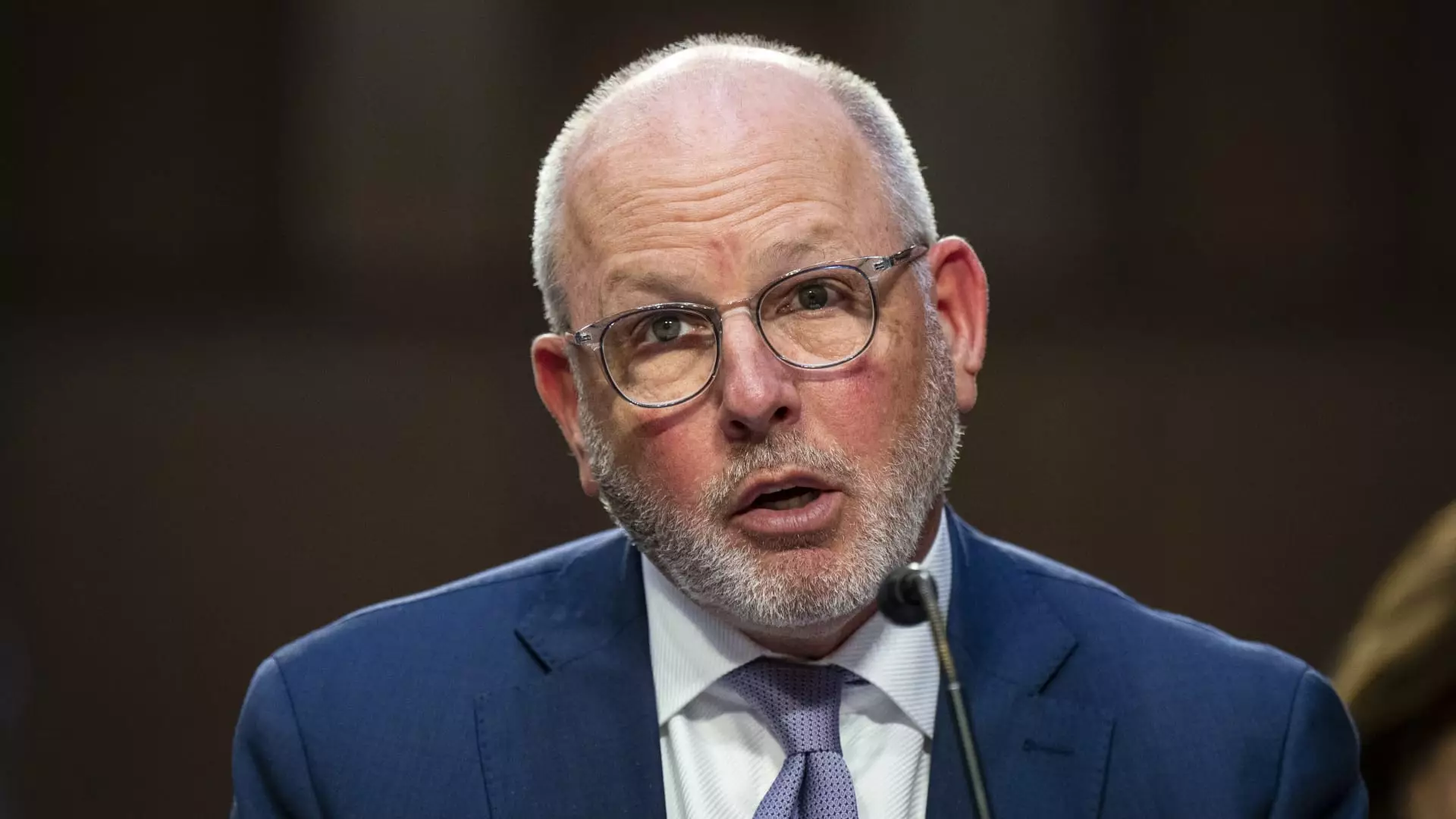The role of Pharmacy Benefit Managers (PBMs) in the U.S. healthcare system has become a focal point of discussion as stakeholders grapple with rising prescription drug costs. David Joyner, the CEO of CVS Health, recently took a firm stance in defending his company’s PBM unit, Caremark, against criticisms aimed at these intermediaries. These critiques have grown in intensity, with lawmakers and officials across the political spectrum calling for increased scrutiny and regulation of PBMs. This article analyzes Joyner’s defense of PBMs like Caremark and contextualizes the broader issues related to prescription medication pricing in the United States.
The Position of PBMs in Drug Pricing Dynamics
Pharmacy Benefit Managers operate at a critical junction of the drug supply chain. They negotiate rebates and discounts from pharmaceutical manufacturers, manage medication formularies, and determine reimbursements for pharmacies. With CVS’s Caremark being one of the largest PBMs and overseeing a significant portion of U.S. prescriptions, Joyner argued that these entities play a pivotal role in mitigating the burgeoning costs associated with healthcare. He described PBMs as essential players who directly confront the stronghold that drug manufacturers have on pricing.
However, Joyner’s remarks highlight a complex reality. Despite his assertion that PBMs serve as a balancing force against the monopolistic tendencies of pharmaceutical companies, many critics contend that these middlemen contribute to inflated costs rather than alleviate them. While Joyner cites estimates of significant savings generated by PBMs—reportedly over $100 billion annually—stakeholders argue that these savings often do not translate to lower prices for patients and consumers. Instead, they suggest that negotiated discounts and rebates primarily benefit insurers and the PBMs themselves rather than the end-users of medications.
One of the core challenges facing the PBM model is transparency. Joyner’s defense pointed to the purported savings PBMs provide, yet this claim must be scrutinized in the absence of clear and accessible data. The ambiguous figures he cited, such as the $21 billion increase in gross drug spending attributed to branded manufacturers’ price hikes, warrant a critical examination. Accountability in this industry has been under increased scrutiny, with federal investigations into PBMs’ practices revealing concerns about pricing transparency and fairness.
Lawmakers are increasingly demanding greater transparency, arguing that patients and providers must understand how drug pricing works and how savings are allocated within the system. The absence of visibility into PBM operations raises questions about the fundamental reasons behind rising drug prices and whether existing structures genuinely empower patients or create barriers to affordable care.
In his remarks, Joyner acknowledged the multifaceted factors contributing to rising drug prices, including increased patient service utilization, labor shortages, and dramatic price hikes by branded drugs. While these are undoubtedly relevant issues, it is crucial to maintain focus on the unique role that PBMs play in this ecosystem and the accountability they bear for their operations. Critics voice concerns that PBMs have become unwitting accomplices to a system that prioritizes profits over patient care and access to medications.
As pharmaceutical companies and PBMs grapple with their roles, it is evident that collaboration is necessary to address this growing crisis in healthcare costs. Joyner’s claims of PBMs being a dominant force in the fight against rising drug prices must be balanced with a reassessment of whether their strategies effectively lower out-of-pocket costs for patients in real terms.
As conversations around drug pricing continue to evolve, the dialogue must expand beyond defensive posturing from stakeholders like CVS Health to forge a more collaborative and transparent healthcare marketplace. Joyner’s defense of PBMs underlines their perceived importance in offsetting drug costs; however, it also sparks a broader examination of the structures that perpetuate high prices and the power dynamics at play.
Meaningful reform may require a fundamental reevaluation of PBM operations and their interactions with pharmaceutical manufacturers. While Joyner emphasizes the necessity of PBMs in controlling costs, aligning their business practices with patient needs should be the ultimate goal. As scrutiny intensifies, those in power must prioritize a healthcare system that genuinely serves the interests of patients over profit margins.

